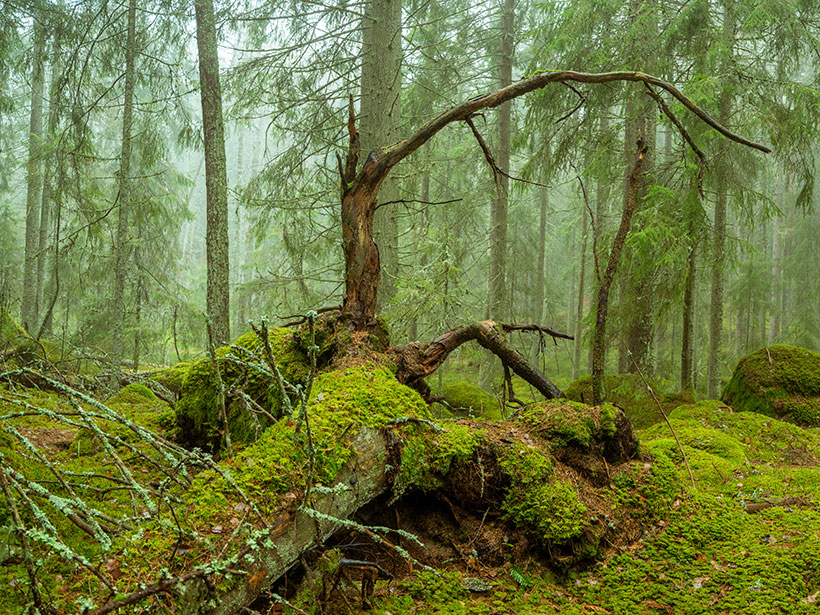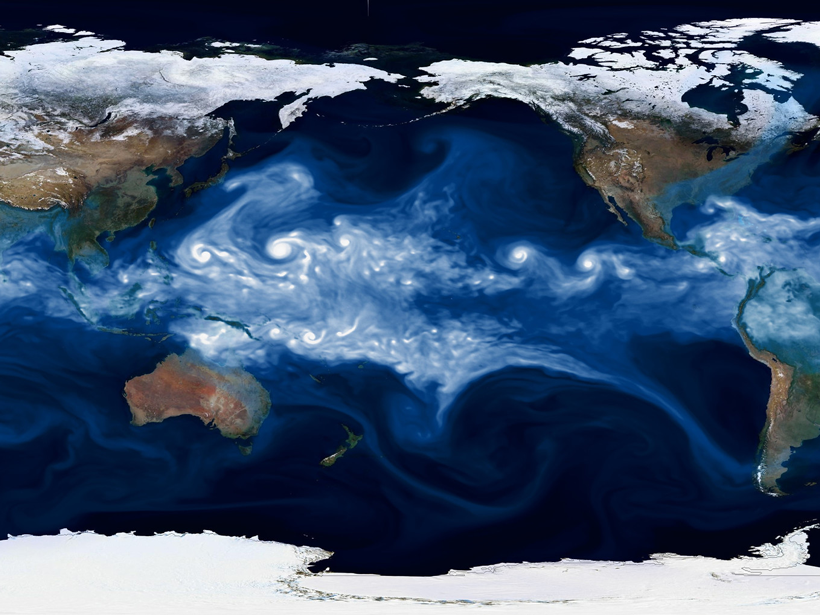To be silent is to be complicit in our own destruction because racism destroys us all. But not being silent entails more than publishing statements. There is also the collective silence of inaction. —No Time for Silence
News
This Week: Diversity Outdoors and in School
What Earth and space science stories are we recommending this week?
El Agua Subterránea es la “Conexión Occulta” Entre la Tierra y el Océano
La importancia del agua subterránea dulce para los ecosistemas costeros es revelada utilizando el primer modelo numérico a escala global.
Europe Launches Biodiversity Strategy for the Coming Decade
Amid the coronavirus uncertainty, the European Union is standing by its Green Deal pledges.
Teaching Machines to Detect Climate Extremes
Artificial intelligence can be used to analyze massive amounts of data from climate simulations, but more training data are needed.
Did Ozone Loss Cause the End Devonian Mass Extinction?
Ozone loss, perhaps as a consequence of a warming climate, may have been responsible for a catastrophic loss of biodiversity.
Podcast: Instruments of Unusual Size
Rumbling volcanoes act like giant musical instruments that researchers can study to better monitor eruptions.
Water Ice Lurks in Young—but Not Too Young—Lunar Craters
Using topographic data, researchers have estimated the ages of water ice–containing craters near the Moon’s poles and ruled out volcanism as being a primary route for water delivery.
“Now Is the Time” for Green Recovery, Scientists Say
Otherwise, fossil fuel emissions will return to normal.
Hackathon Participants Solve Global Problems—from Home
More than 200 participants from 38 countries joined the virtual INSPIRE Hackathon to solve problems in food security, transportation, and more.










